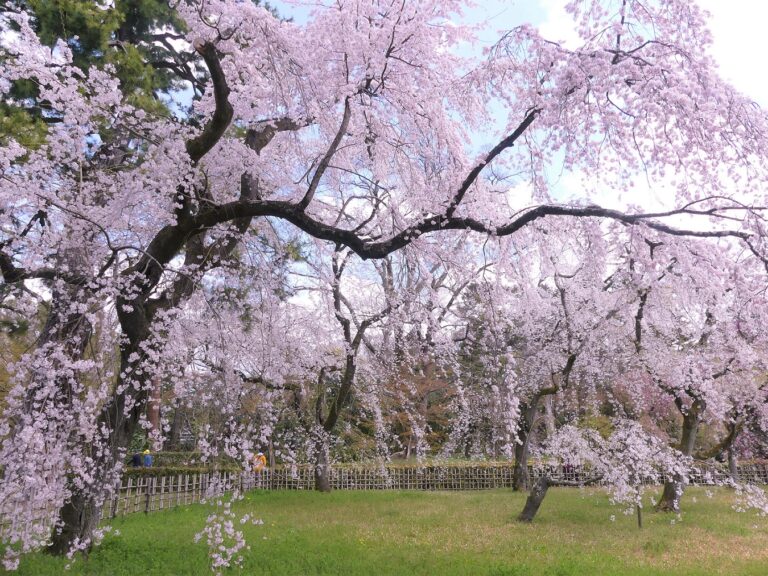
A national park [Kyoto Gyoen] developed on the site of a former lord's town.
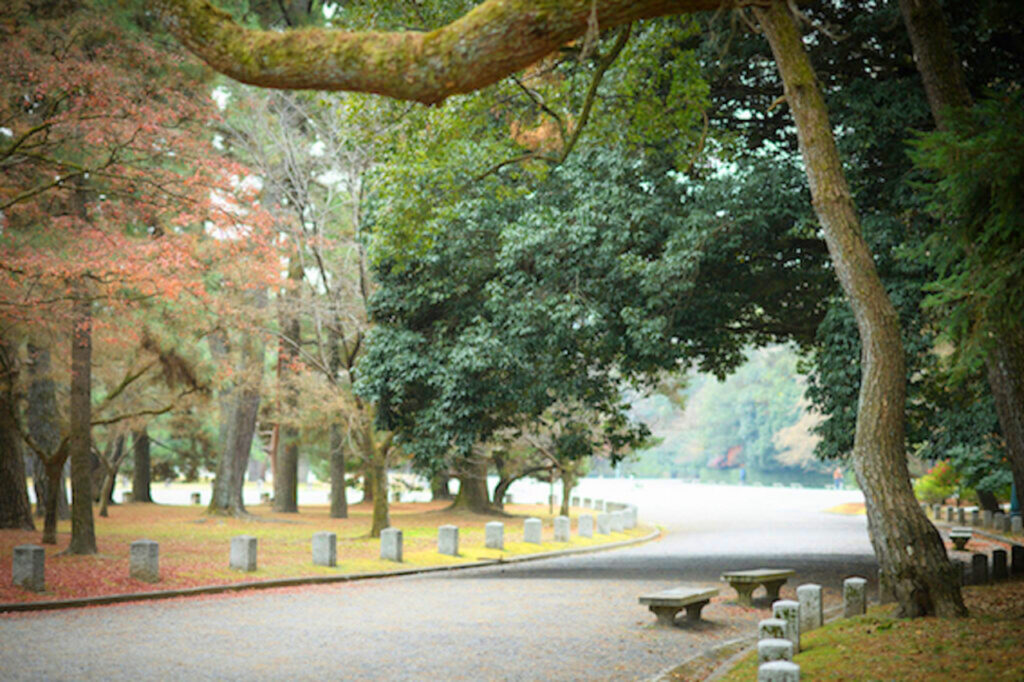

The Kyoto Gyoen, decorated with seasonal flowers and trees, is loved by many Kyoto residents as a jogging course for parents and children.
Did you know that there is a benefit spot in the Gyoen? Let's take a walk in the Gyoen while admiring the scenery.
It used to be a district of official residences surrounding the Kyoto Imperial Palace, where the emperor resided from the Heian Period to the Meiji Period. After the Meiji Restoration, the area fell into disrepair when the capital was moved to Tokyo, but a preservation project was launched and the area was reborn as a park with trees.
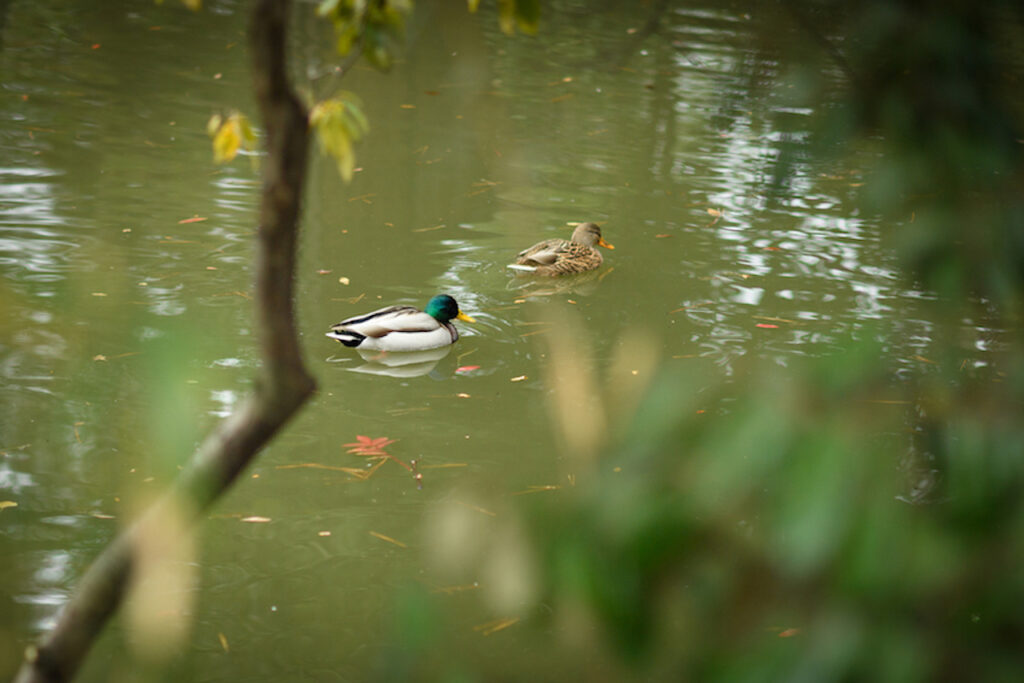

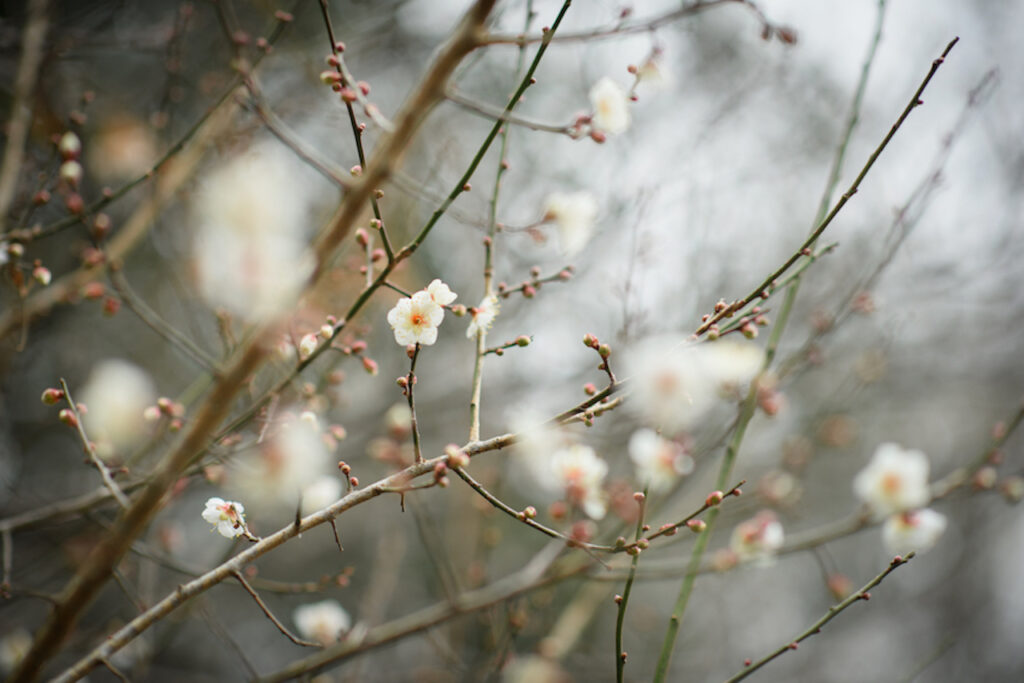

The main deities are the three Munakata Goddesses, who preside over transportation, culture, and industry, and all their paths. The shrine was founded by Fujiwara Fuyutsugu in Enryaku 14 (795) with the permission of Emperor Kanmu. The temple grounds include the Hanayama Inari Shrine and the Kyoto Kanko Shrine, which is unique in Japan. Visitors can also enjoy viewing the 600-year-old camphor tree, cherry blossoms, and narcissus.
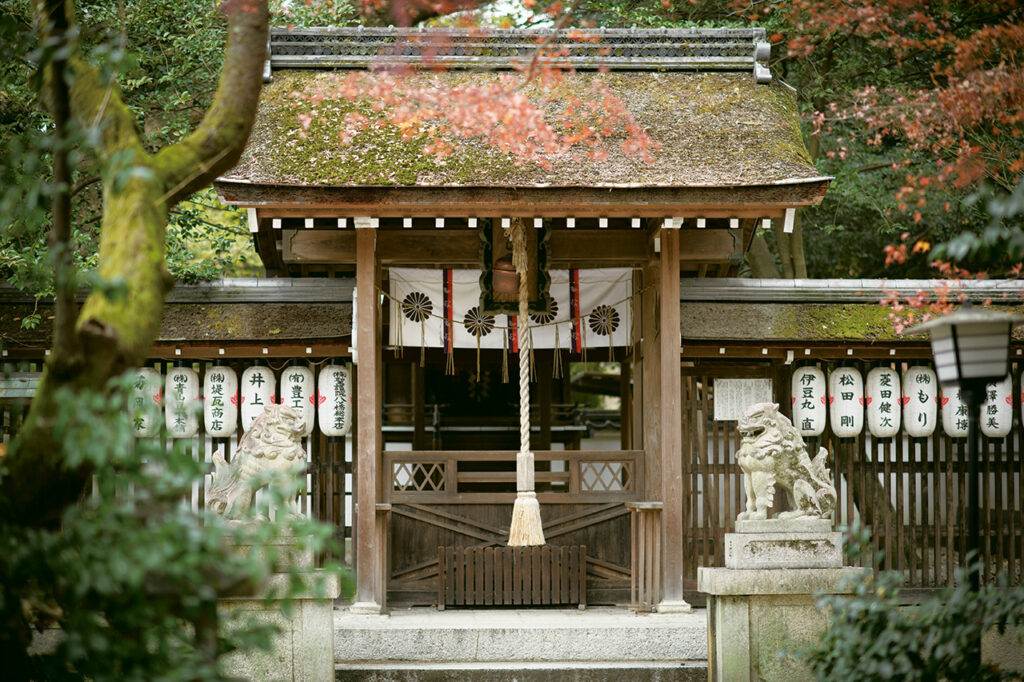

It is the shrine of the former Saionji family, and it was here that Sir Saionji Kimochi first opened his private school, Ritsumeikan, in 1869. The deity is Myouon Benzaiten, who is believed to be the god of music. On the day of the snake, which occurs two or three times a month, purification ceremonies are held from 7:00 am. On the most auspicious day of the year, the day of the snake in September, a koban amulet is awarded.
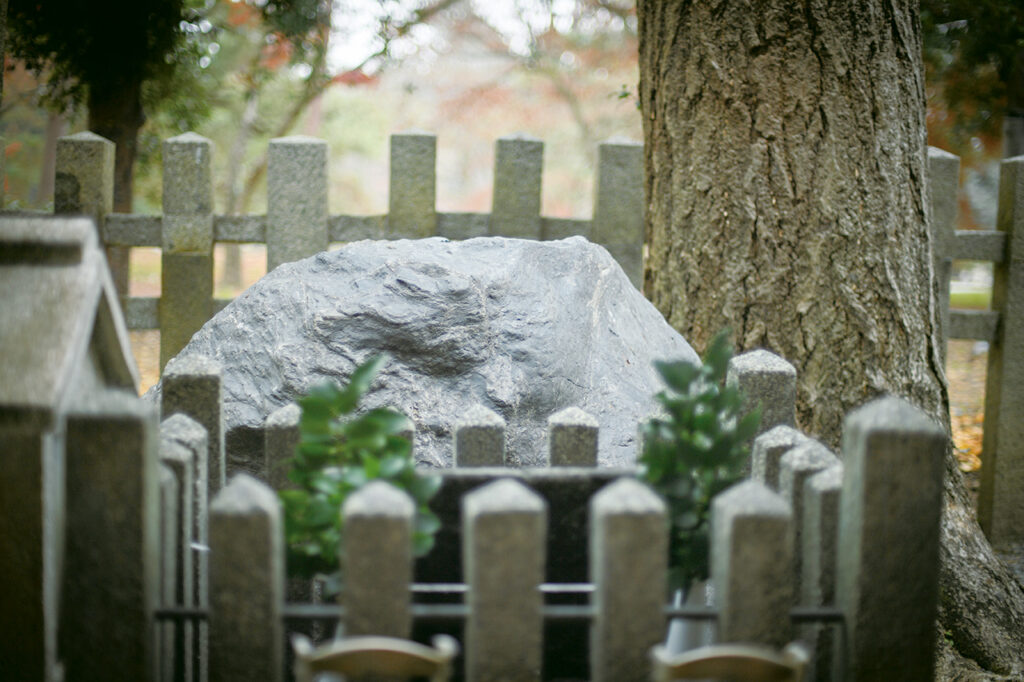

The shrine was originally built by Taira no Kiyomori, who enshrined the Three Muses of Munakata at Itsukushima Shrine for his mother, the Gion no Nyogo. After Gion no Nyume was enshrined together, the shrine became the guardian of the Kujo family. The remains of a pond with ducks and Jikisuitei still remain. The stone torii gate, with its unusual shape and karahafu (Chinese gable), is one of the three most unusual torii gates in Kyoto.
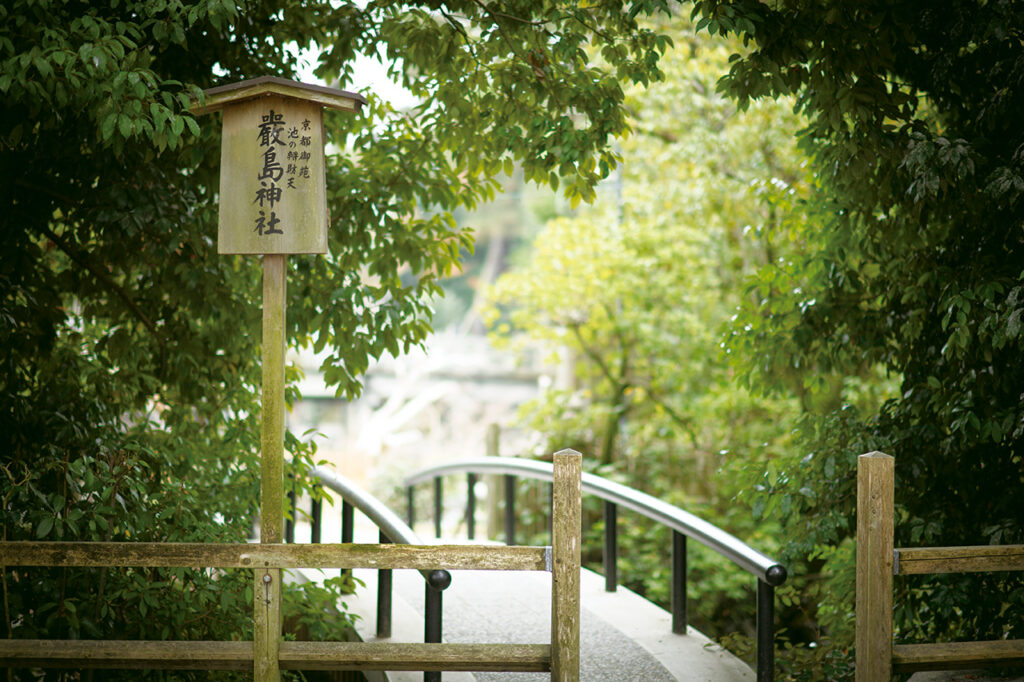

While strolling in the Gyoen, we found 18 uneven platforms on signboards scattered throughout the garden, including those of the Kanyin-no-miya Residence and the former residences of court nobles. If you place a piece of paper on one of these platforms and rub it, a picture will appear, and if you collect them all, you will have a complete picture. Grab some A4 paper and a pencil (B or better is recommended!) and give it a try.
Over 600 interviews per year! An order site carefully selected by the editors who knows Kyoto and Shiga.
nowOfficial LINE friend registration500 yen OFF coupon is being issued!
Distributed every Friday morning at 8:00 am! From new restaurant information to event information that we want to share with you, We deliver articles about Kyoto that are useful to know. About 20,000 people have registered.Click here to add a friend!
 News
News Feature article
Feature article Featured event
Featured event